

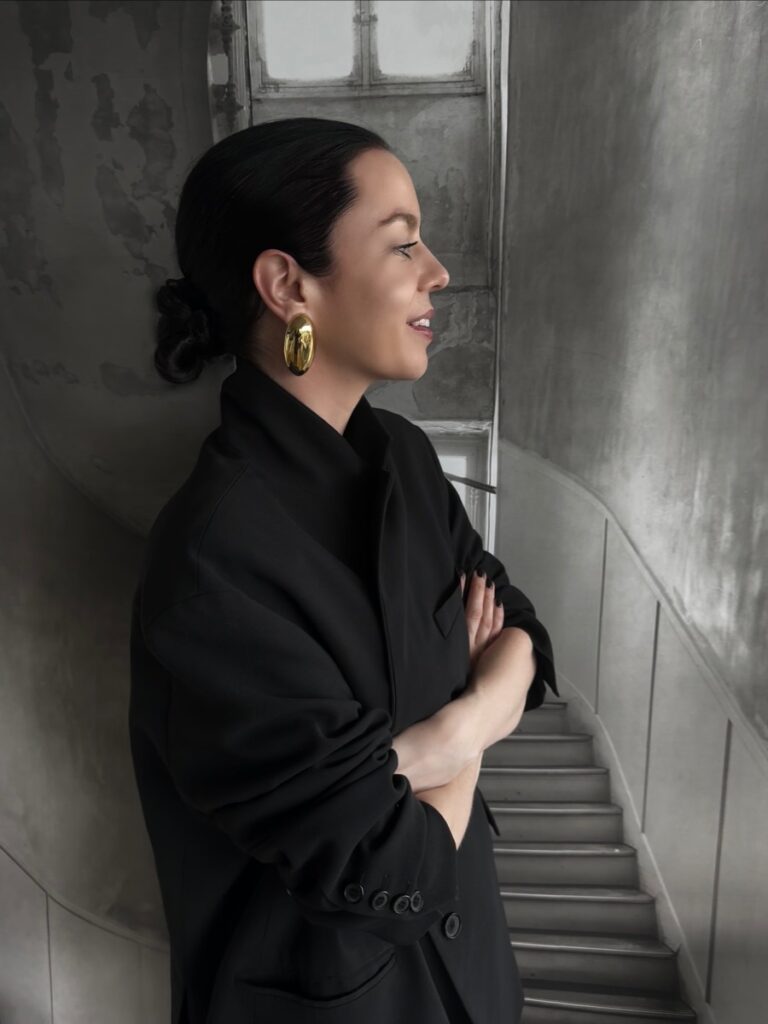
Sophie Hardy
Born and raised in Aotearoa New Zealand, Hardy studied fashion design at Otago University and has a background spanning fashion, accessories, lingerie and jewellery. She has designed accessories for a large Australian fashion brand and currently works in fine jewellery in Melbourne. Absorbing invaluable skills across a range of disciplines, her design process mixes old-school […]

Nicholas Folland
“Adelaide-based artist Nicholas Folland understands the speech of materials – a principle advocated by the early 20th-century Russian constructivists whereby materials possess an inherent nature or power. This fascination intersects with a penchant for unorthodox materials and an interest in maritime history and colonial exploration, resulting in a distinctive and singular practice.” Lisa Slade, Assistant […]
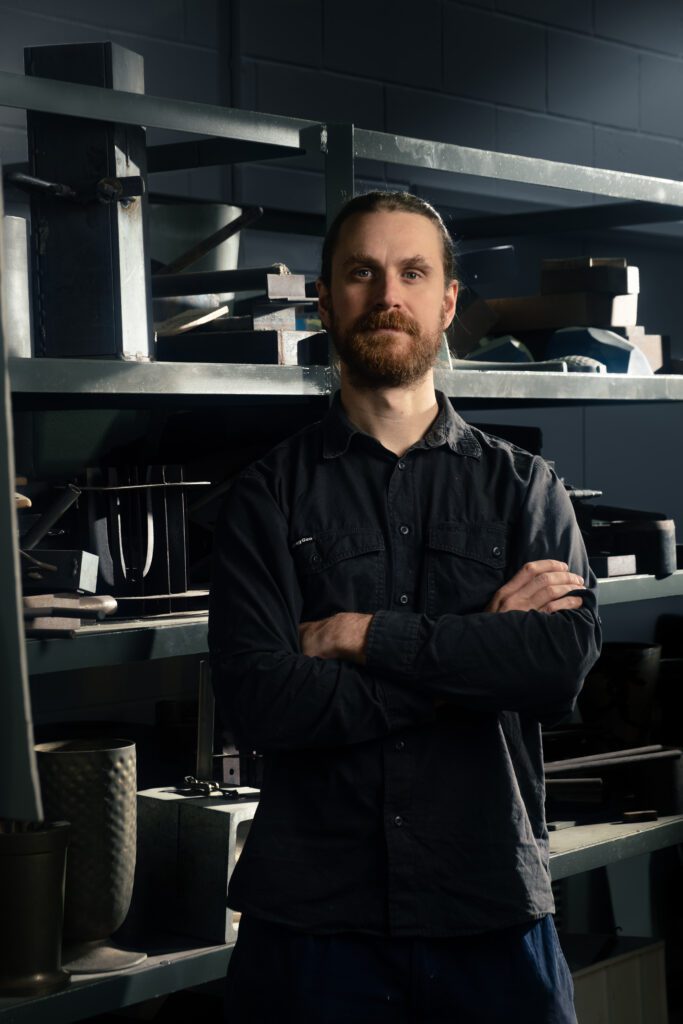
Liam Fleming
“Liam Fleming’s glass vessels push the limits of the medium. His abstract yet evocative forms curve, drape, and fold in on themselves; some appear to balance precariously, as if on the verge of collapse. Their opaque surfaces simultaneously absorb and reflect light, creating dynamic intensities and interplays of colour.” Hamish Sawyer, curator and writer, 2022
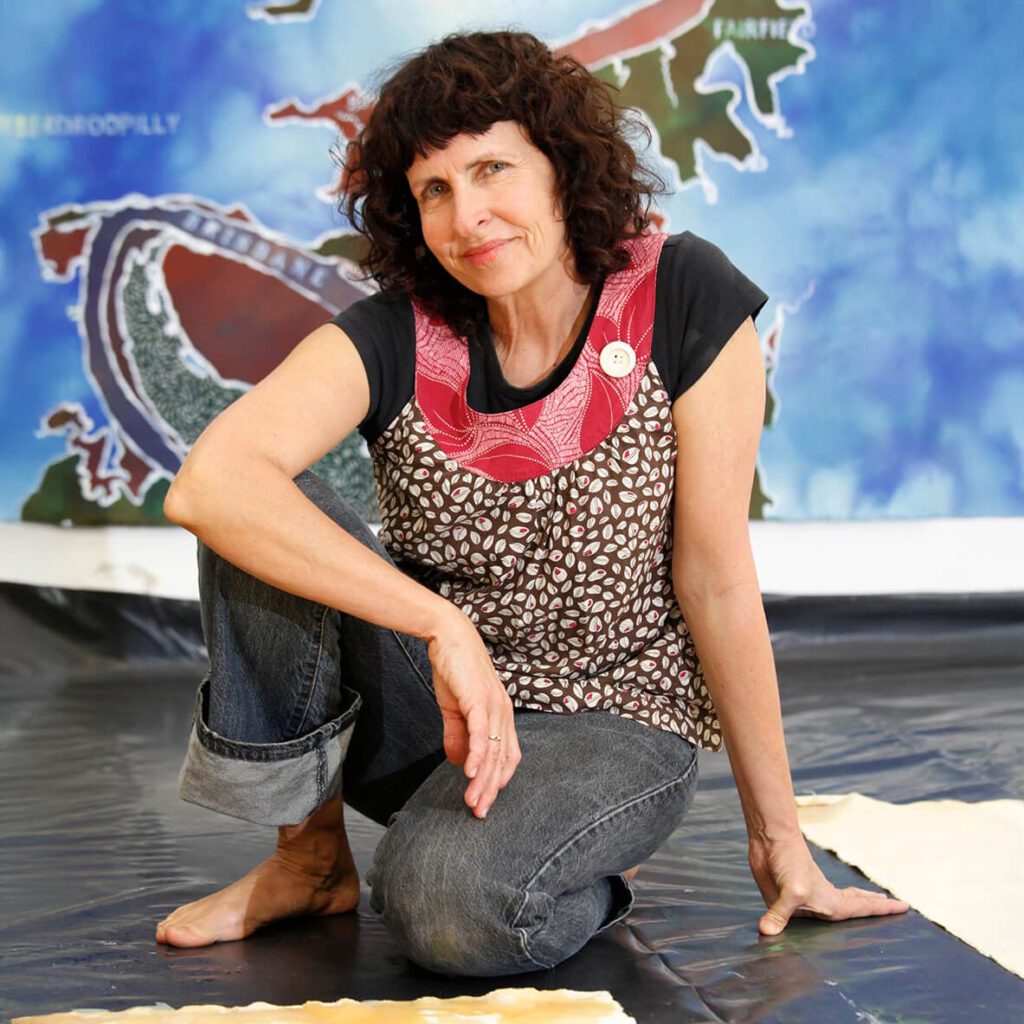
Judy Watson
Watson’s matrilineal link to the country of her ancestors has always been central to her printmaking and painting. The hidden histories of Indigenous experience on the colonial frontier – particularly those of women – continue to inspire her. Watson seeks the indelible impressions of past presence on the landscape – rubbings, engravings and incisions – […]
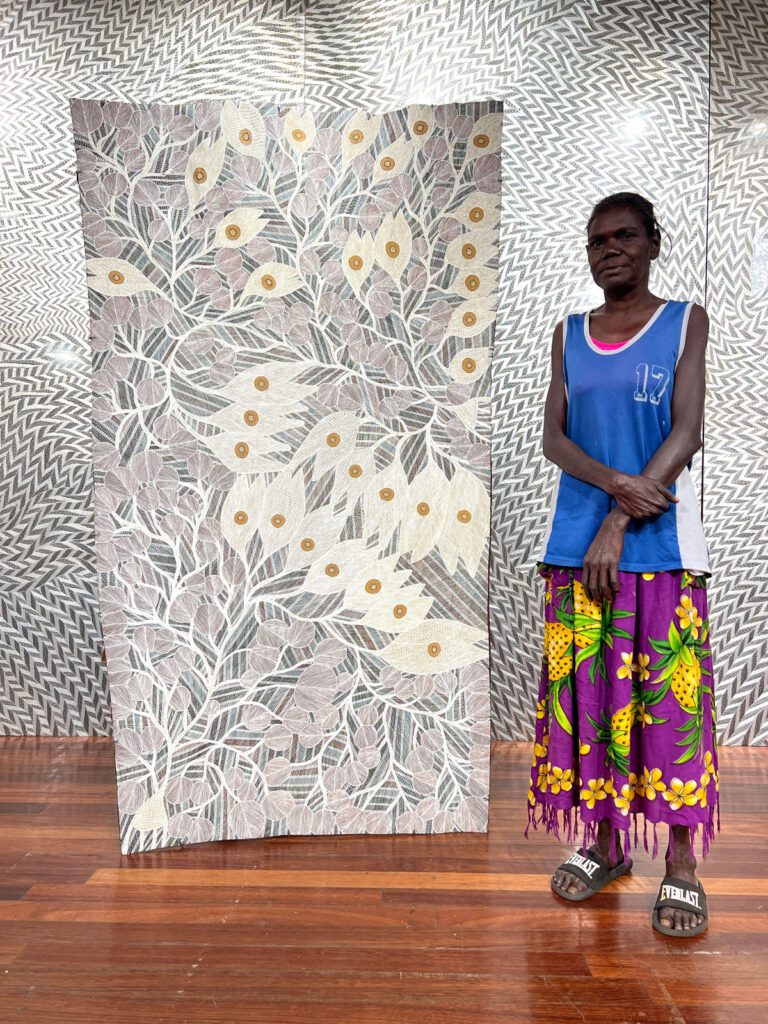
Guruwuy Murrinyina
Born in 1975, Guruwuy Murrinyina lives with her son at a very remote homeland in Gangan, in the Northern Territory. Gangan is a village of ten houses adjacent to a chain of billabongs, inland from Blue Mud Bay. The nearest town is a four hour drive along dirt roads. This is where her art centre […]

Elizabeth Willing
Elizabeth Willing has transformed the way we think about food and contemporary art, where food is both the medium and the subject. Through sculpture, participatory events, performance, collages and installation, Willing has used materials from marzipan to sherbet to liquorice. The Brisbane-based artist has posed thoughtful, often humourous, questions on eating, taste, sense, consumption, sustainability […]
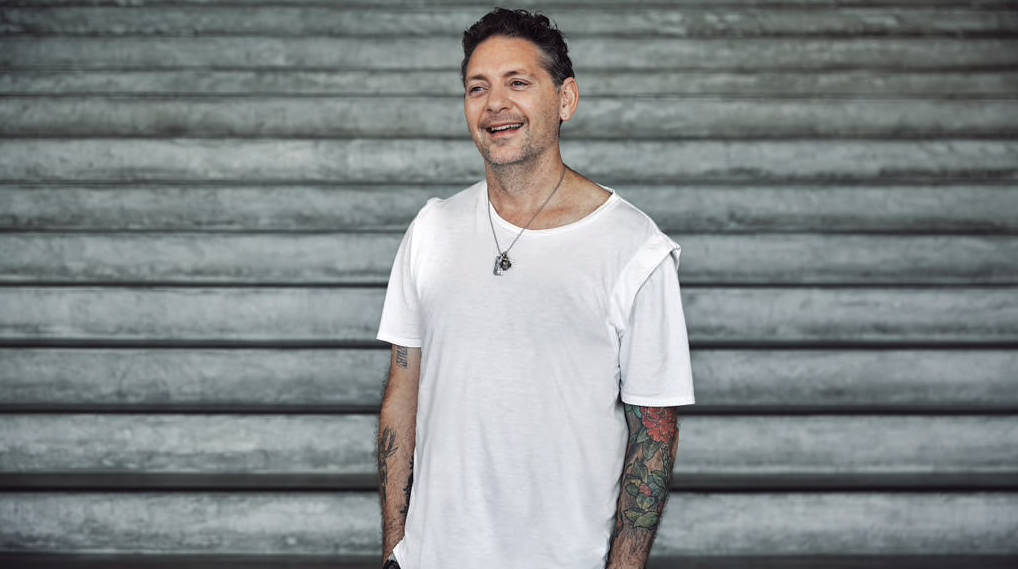
Brook Andrew
Brook Andrew descends from the Wiradjuri and Ngunnawal peoples of southeast Australia and is an internationally renowned artist and curator. His studio is located in Melbourne on the traditional lands of the Kulin Nations. Brook’s creative practice centers Indigenous ways of being and offers powerful insights into contemporary conditions and the legacies of colonialism. He presents […]
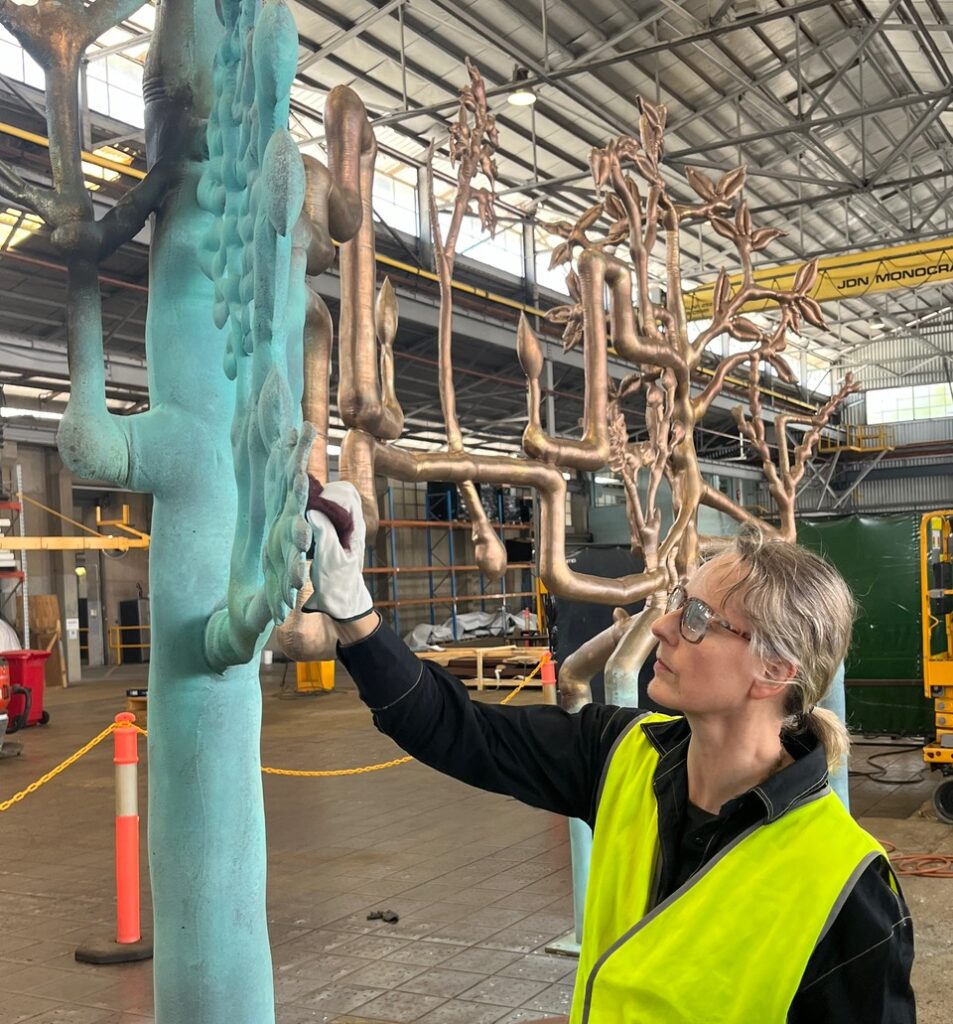
Caroline Rothwell
Caroline is a leading Australian multidisciplinary artist with a research driven practice looking to the intersection of art, science and nature. She works across two and three dimensional media in the expanded disciplines of sculpture, installation, drawing and video. Caroline looks to archive, history, data and site to consider multi-species interconnection, environmental care, technology and […]
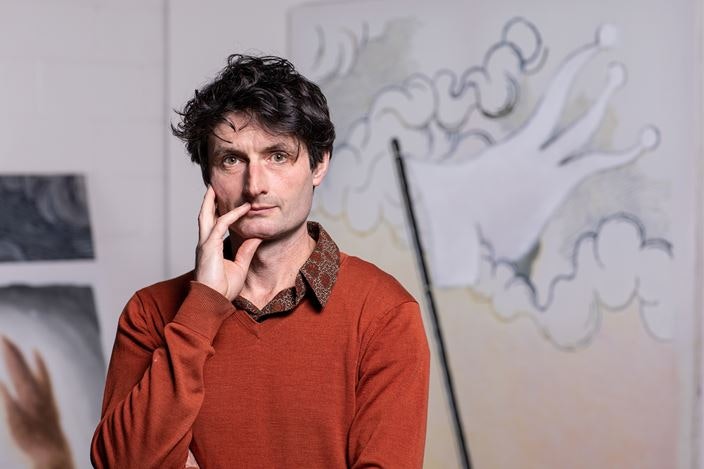
Benjamin Armstrong
Benjamin Armstrong creates glass and wax sculptures that slide between the homely and the uncanny. Born in Melbourne in 1975, Armstrong completed a BFA from the Victorian college of the arts in Melbourne, Australia in 1996. He currently lives and works in Melbourne. Click to the read the essay ‘Contact Images’ by Quentin Sprague accompanying Armstrong’s 2020 Under the […]
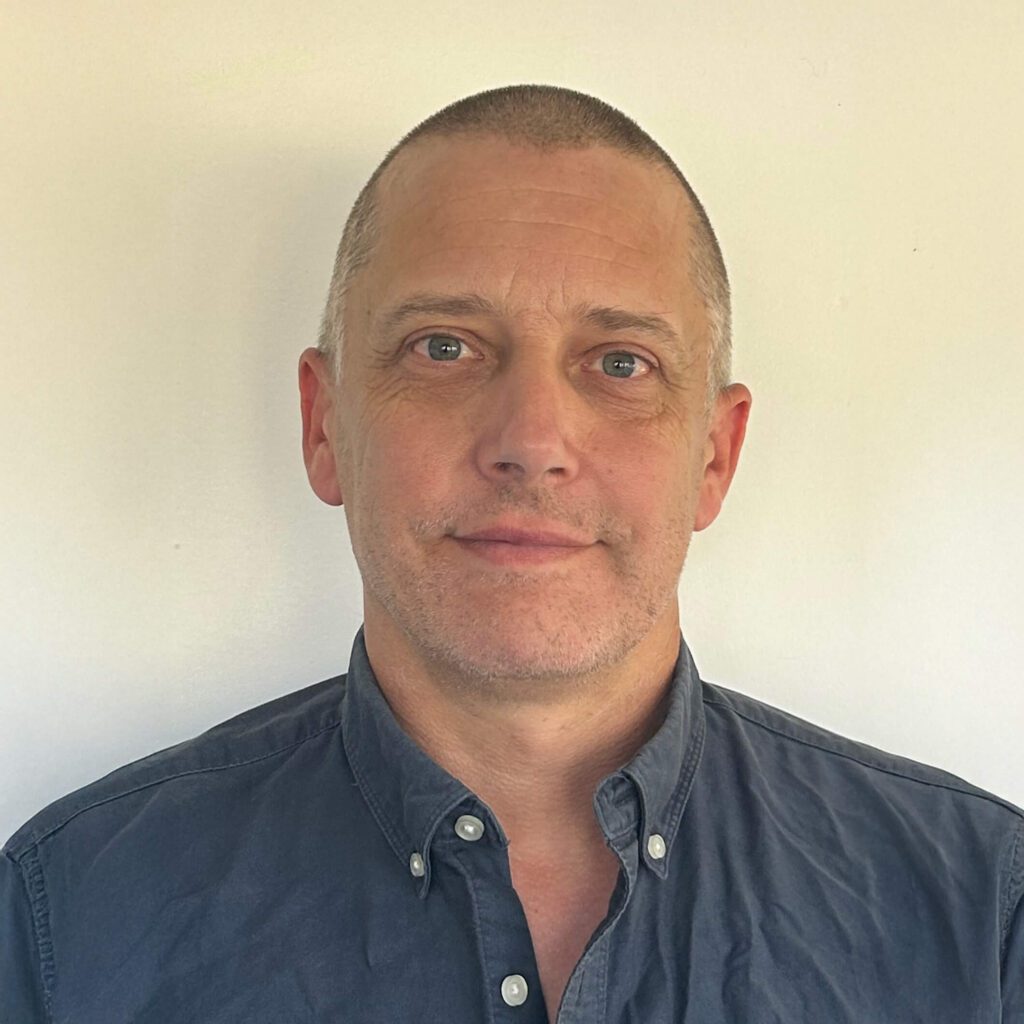
Martin Bell
Martin Bell works across various mediums including collage, photography and sculpture. His work has been exhibited at the National Gallery of Victoria, Melbourne, the Australian Centre for Photography, Sydney, Art Gallery of New South Wales and in association with the National Gallery of Australia, Canberra. Like a Piranesi prison, there is no escaping from Bell’s drawings. […]
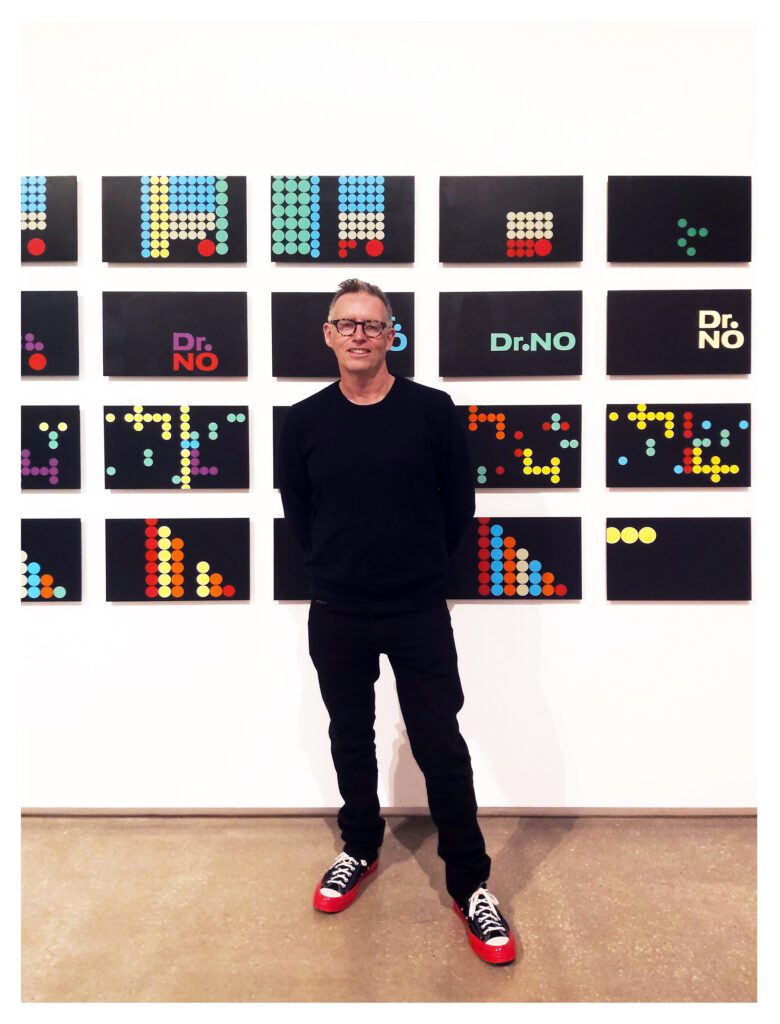
Peter Atkins
Atkins’ practice centers around the appropriation and re-interpretation of readymade abstract forms that he documents within the urban environment. This collected material becomes the direct reference source for his work, providing tangible evidence to the viewer of his relationship and experience within the landscape. His work is represented in the collections of every major Australian […]
